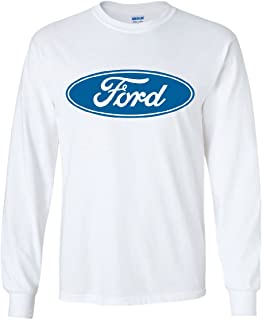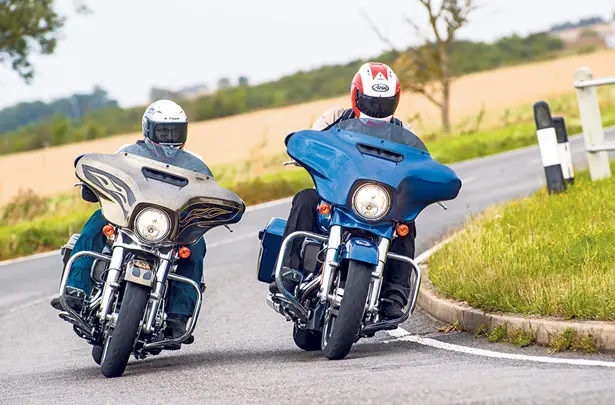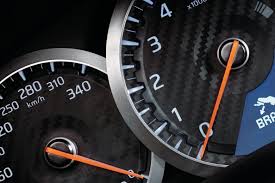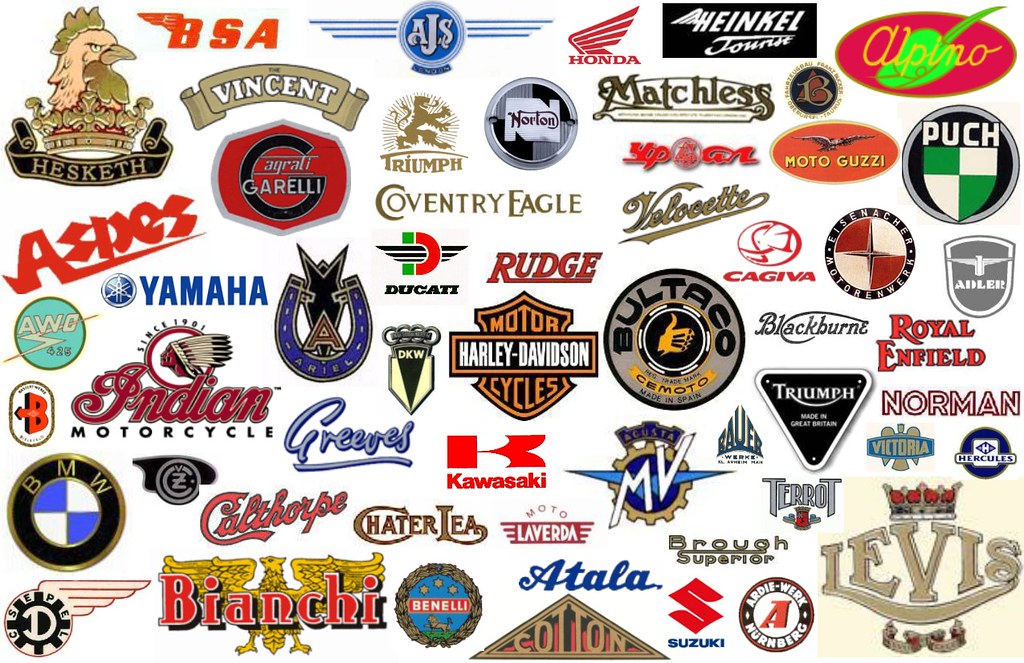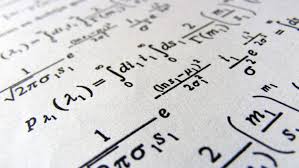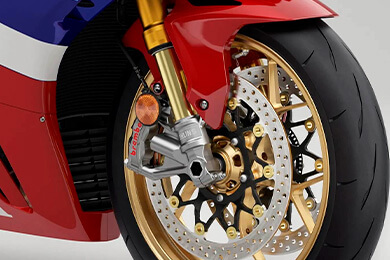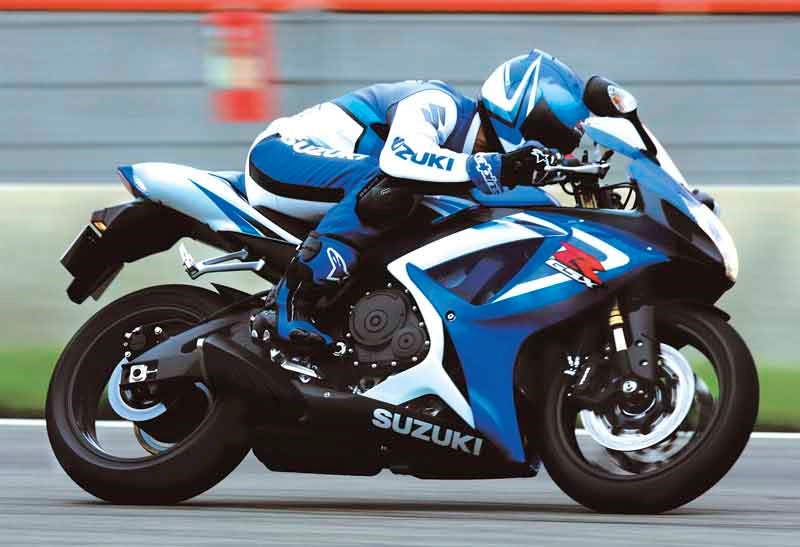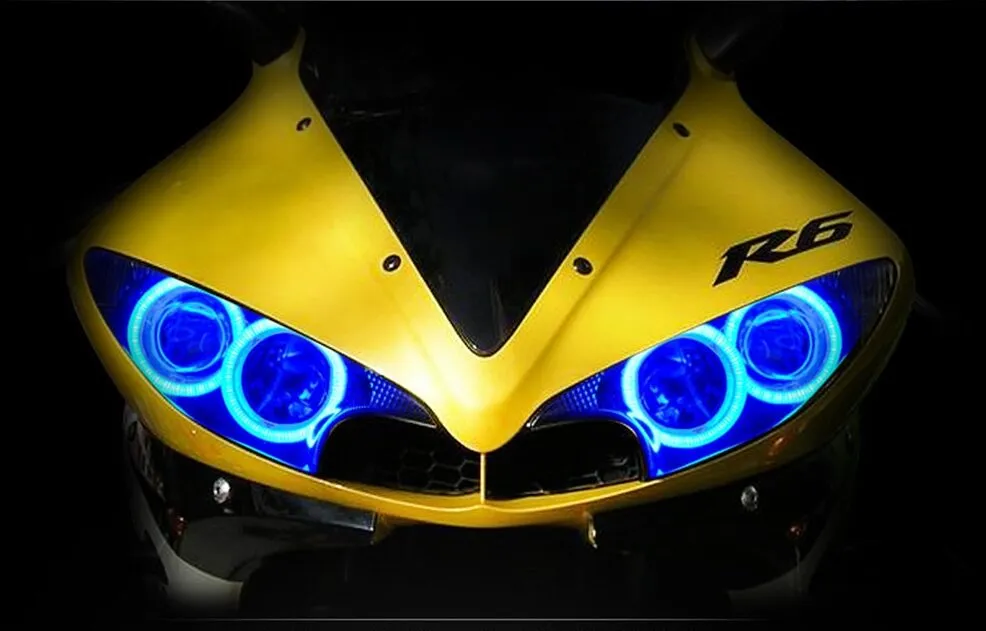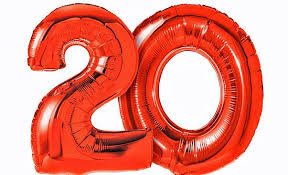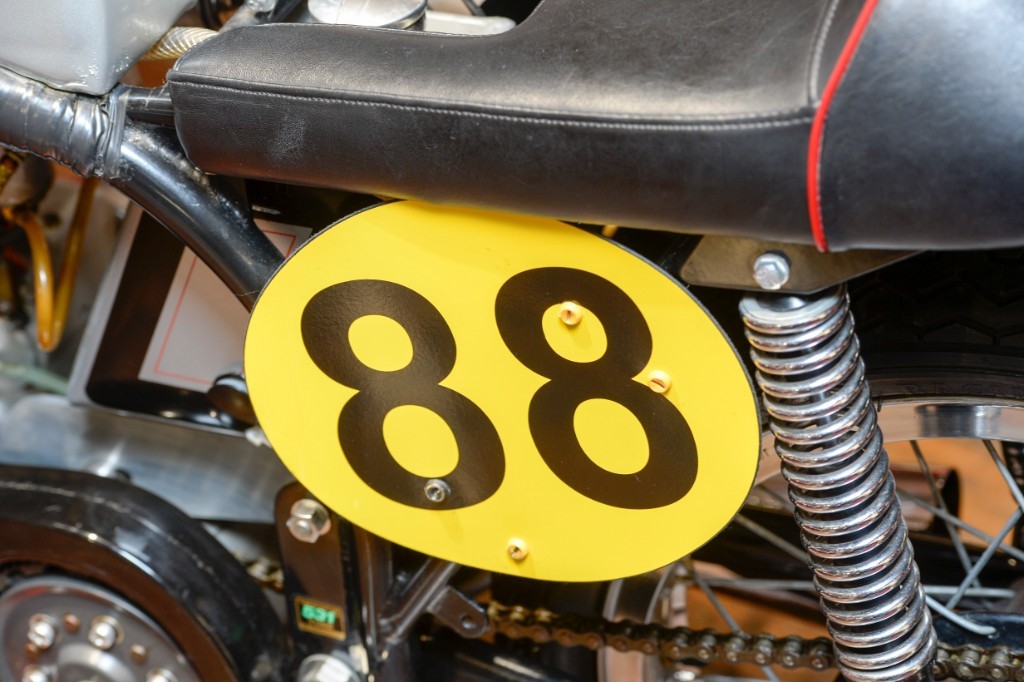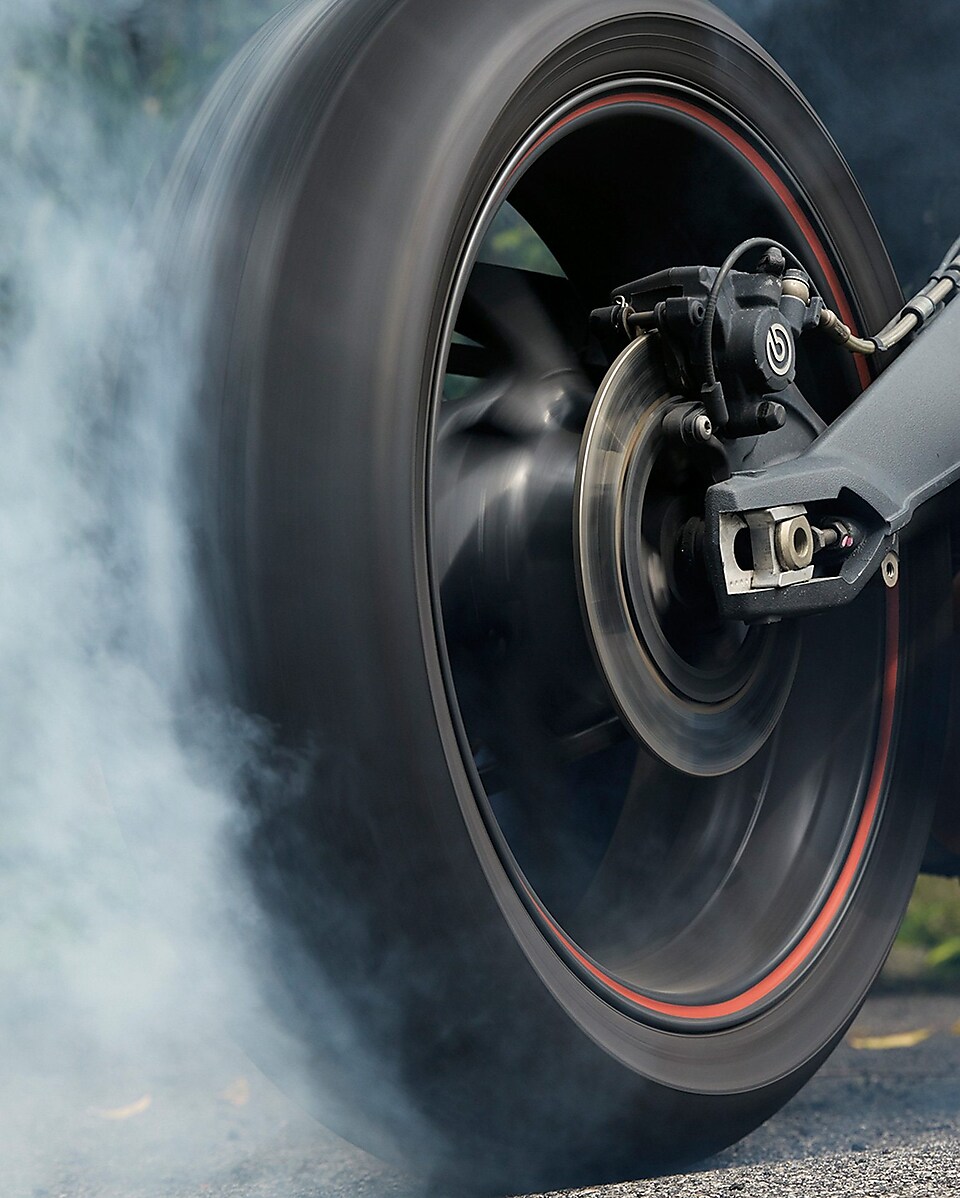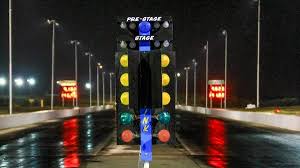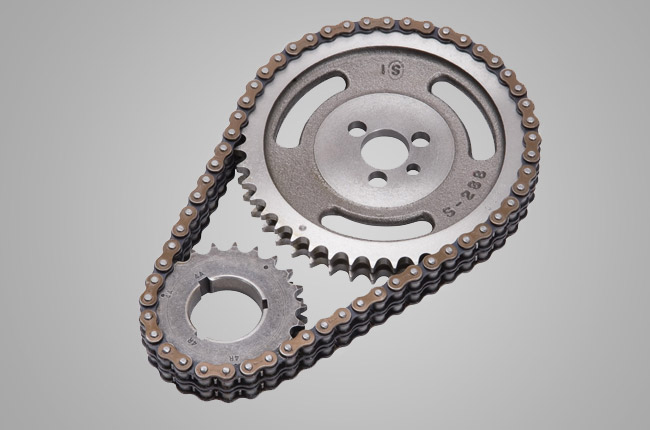
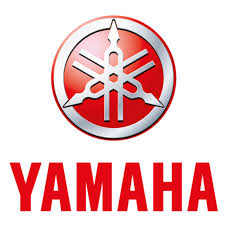

This edition of the Yamaha XJ 750 E-II is the 5 speed | Manual version and was first brought out in 1983. This was at around the same time as the introduction of the 1984 Suzuki GV 700 GL Madura and the 1984 Honda CB 750 SC Nighthawk S.This particular Yamaha XJ 750 has a 749cc Air cooled, Two stroke, V4 Petrol powerplant with 4 cylinders and Carburettor.
![Kawasaki Ninja H2 1000 SX-SE Supercharged - [2020] image Kawasaki Ninja H2 1000 SX-SE Supercharged - [2020] image](/editionimages/b/default.jpg)
An alternative V4 engine, Sport-Touring style motorbike includes the Kawasaki Ninja H2 1000 SX-SE Supercharged - [2020]
The 1983 XJ 750 shares its V4 engine and Sport-Touring style configuration with the likes of the 2020 Kawasaki Ninja H2 1000 SX-SE Supercharged and the 2019 Kawasaki Ninja H2 1000 SX-SE Supercharged. Alternatively, if you're looking for other bikes which share the XJ 750's Sport-Touring style with a similar size of engine then how about the 2005 Kawasaki Z 750 S | 2005cc.1995 Suzuki RF 600 R | 1995cc.
Weighing in at 241 kgs (531 lbs) this makes the Yamaha XJ 750 E-II in the same weight category as the 2025 Kawasaki Z 900 DOHC or the 2025 Honda X-ADV 745, give or take 50kg.
In terms of power the 749cc 8 valve V4 4 cylinder engine produces 87 bhp (64 kW) @ 9000 rpm similar to the 2025 Yamaha Tenere 700 [72.4 bhp (53 kW) @ 9000 rpm] or the 2025 Yamaha Tenere 700 Rally [72.4 bhp (53 kW) @ 9000 rpm].
The DOHC Two stroke unit throws out torque of 51.2 lb-ft (69.5 Nm) @ 7000 rpm placing it alongside motorbikes of similar performance figures such as the 2025 Kawasaki Z 900 DOHC SE [73.0 lb-ft (99.1 Nm) @ 7700 rpm] and the 2025 Kawasaki Z 900 DOHC [73.0 lb-ft (99.1 Nm) @ 7700 rpm].
If one combines the weight with power or torque performance for the Yamaha XJ 750 you can get a better idea of it's real world performance.
The 1983 Yamaha XJ 750 E-II has a Power to weight ratio of 360.9 bhp per ton and 212.8 lb-ft per ton. Bhp Per Ton figures of the 1983 XJ 750 competing with the 1985 Honda CBX 750 F [385.8 bhp\ton] and the 1980 Honda CBX 1000 1000 cc [385.8 bhp\ton].
If you agree with the late great Carroll Shelby, then arguably an even better indicator of potential performance is Torque. Factor weight into the equation and you end up with - Torque per ton, with the Yamaha XJ 750 generating around 212.8 lb-ft per ton. If you're curious as to what other motorbikes have as much torque to weight then look no further than the 1982 Yamaha XV 920 J Virago [237.7 lb-ft per ton] and the 1974 Norton Commando 850 John Player Special [237.5 lb-ft per ton].
With a 0-60mph time of 10.2 secs or a 0-100km/h (0-62mph) of 10.5 secs, this makes the Yamaha XJ 750 E-II similar in acceleration to the 2023 Suzuki V-Strom 800 DE Adventure (10.2 secs) and the 2021 Honda CB 1100 EX Final Edition (10.2 secs). This Yamaha XJ 750 E-II also competes in terms of 0-60 mph and 0-100km/h with the 2018 Honda CB 250 R Neo Sports Cafe (0.0 secs) and the 2020 Norton Superlight SS (0.4 secs).
![Suzuki LS 400 Savage - [1994] image Suzuki LS 400 Savage - [1994] image](/editionimages/b/default.jpg)
Quarter Mile time is a close race between the 1983 Yamaha XJ 750 E-II and the 1994 Suzuki LS 400 Savage
When talking about the performance of the 1983 Yamaha XJ 750 E-II on the drag strip it can reach a quarter mile in an estimated 0 secs @ 0 mph. Bikes with a similar performance down the quarter mile can be found in the 1994 Suzuki LS 400 Savage (0 secs) and the 1973 Kawasaki S2 350 SS MKII (0 secs).
The 1983 version of the Yamaha XJ 750 E-II has a maximum speed of 0mph.
If maxing out your bike on the AutoBahn is your thing and you're wondering what's faster at the top end than the 1983 Yamaha XJ 750 E-II then how about a 2013 Honda CHF 50 Metropolitan (35 mph) and the 2002 Honda CHF 50 Metropolitan (35 mph).


Kawasaki ZG 1200 Voyager XII
Engine Capacity: 1196 cc
Top Speed: 125 mph
Quarter Mile: 13.3 secs @ 0 mph



